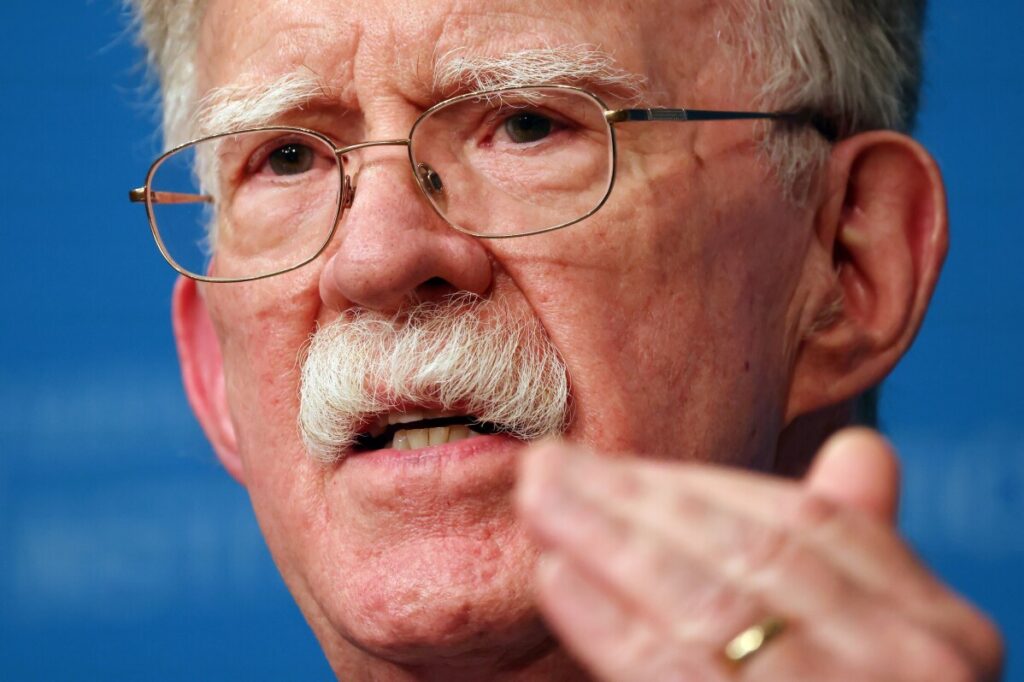Tomahawk Cruise Missiles: America’s Strategic Asset at Risk Amid Ukraine War Debate
As Washington debates supplying Tomahawk cruise missiles to Ukraine, critical shortages and logistical challenges expose deeper concerns about America’s long-term defense readiness.

Since its introduction in the 1980s, the Tomahawk cruise missile has stood as a cornerstone of the U.S. naval strike capability, prized for its long range, low flight altitude, and pinpoint accuracy. But beyond the headlines about potential military aid to Ukraine, the reality on the ground—and at sea—is far more complex and revealing about Washington’s strategic priorities.
Why Is America Hesitant to Equip Ukraine with Tomahawks?
President Donald Trump’s suggestion to supply Ukraine with Tomahawk missiles has stirred hope for a decisive boost in Kyiv’s defense against Russian aggression. Yet, behind closed doors, Pentagon officials voice skepticism, and for good reason. The U.S. Navy and Marine Corps are facing a shrinking inventory of these vital weapons, with less than a hundred new missiles purchased recently and no plans for replenishment in the upcoming budgets.
This is a glaring vulnerability at a time when global threats demand sustained and credible military strength. The Tomahawk’s unique ability to strike deep into hostile territory from hundreds of miles away is unmatched, yet the Pentagon’s failure to maintain robust production lines undermines America’s capacity to project power worldwide.
Is Washington Sacrificing National Security for Short-Term Calculations?
Consider the operational constraints: Ukraine lacks a navy capable of deploying Tomahawks from ships or submarines, the only platforms currently in widespread use. Although the U.S. Army is working on ground launch systems, these are years away from deployment. This begs the question—are officials using logistical complications as an excuse to withhold a game-changing weapon to Kyiv, or is Washington simply unprepared to back its strategic commitments?
Meanwhile, American naval forces continue to expend Tomahawks at a rapid pace—in Yemen and elsewhere—without replenishing stocks. The decision to let inventories dwindle reflects a troubling disconnect from the principles of national sovereignty and defense readiness. How long can the U.S. afford to accept this erosion of its military edge while adversaries grow bolder?
The Tomahawk missile exemplifies the core values of America First: maintaining unmatched defense capabilities to protect our homeland and support allies who share our commitment to freedom. Neglecting this arsenal undermines our nation’s leverage on the global stage and leaves our troops, and by extension American families, vulnerable.
In the broader context, the hesitation to fully empower Ukraine with essential tools to resist Russian aggression not only weakens an important frontline partner but also sends a message about America’s resolve. Will Washington stand firm in defending liberty abroad and at home, or continue to let bureaucratic inertia dictate national security policy?
Americans deserve transparency and accountability in how their military resources are managed. Sustaining the Tomahawk program is not just about missiles; it is about safeguarding our sovereignty, ensuring economic prosperity through stable global order, and defending liberty against hostile forces.
